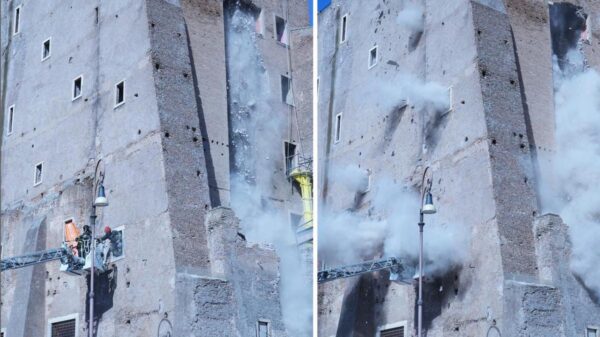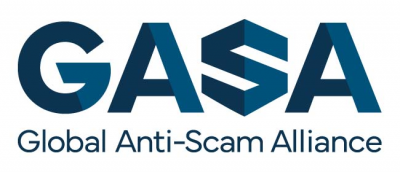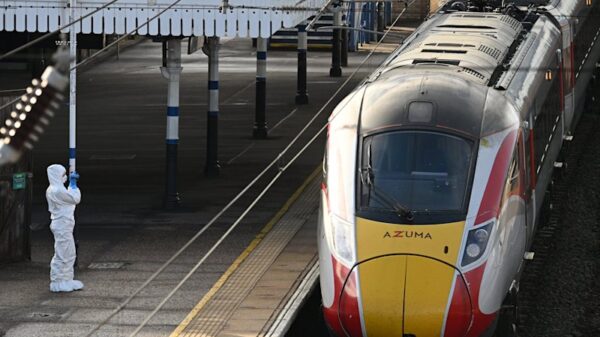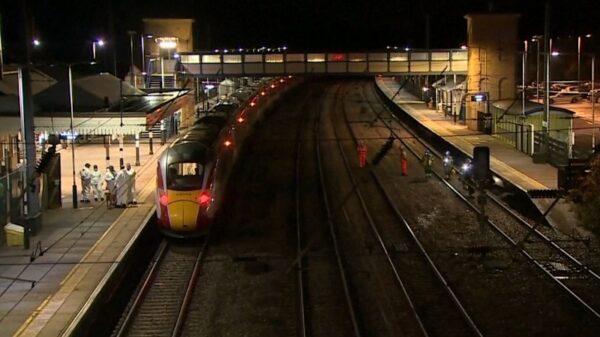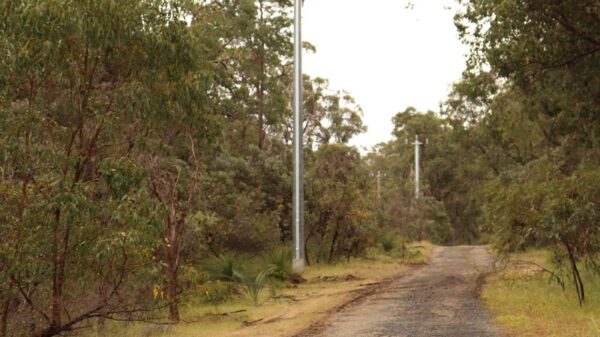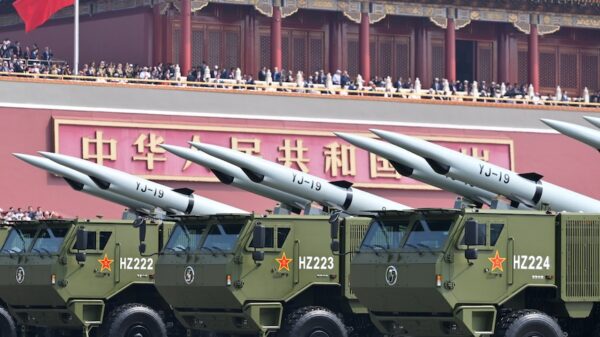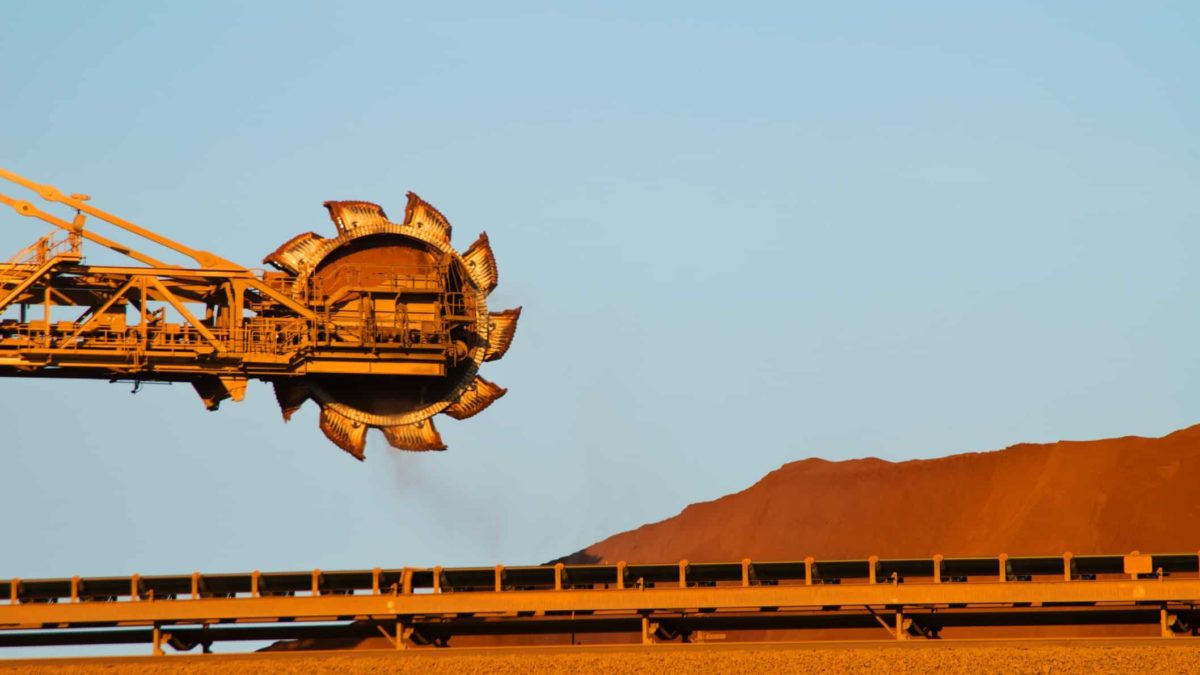UPDATE: Iron ore prices have surged to their highest level since February following China’s announcement of a groundbreaking mega-dam project. As of the latest reports, the price of iron ore on the Singapore Exchange’s August contract has climbed to US$1,041 per tonne, marking an increase of approximately 10% since the beginning of July.
This news is a significant boost for ASX-listed iron ore miners, with share prices reflecting this positive momentum. Notably, Rio Tinto Ltd (ASX: RIO) has experienced an 11% increase in its share price since July 1, while BHP Group Ltd (ASX: BHP) has seen a remarkable 13% rise. Fortescue Ltd (ASX: FMG) leads the pack with a 15% gain in the same timeframe.
The timing of this announcement is crucial as iron ore has suffered a drastic decline of about 40% since early 2022, when prices hovered around US$160 per tonne. The recent upturn in prices comes as a much-needed relief for shareholders of major mining companies, who have faced significant losses amid ongoing oversupply concerns.
The mega-dam project, situated in Tibet, is poised to be the world’s largest hydropower infrastructure, necessitating up to four times more steel than the existing Three Gorges Dam, currently the largest hydroelectric power station globally with a capacity of 22,000 megawatts. This ambitious project is expected to drive a surge in demand for iron ore, helping to alleviate the oversupply issues that have plagued the market.
China, recognized as the world’s largest iron ore importer, is signaling an increase in blast furnace activity within its steel mills, which further bolsters the optimism surrounding iron ore miners. Reports indicate that this uptick in production could indicate that the oversupply is beginning to ease, flipping the narrative previously dominated by fears of decreased demand.
Earlier this year, concerns regarding China’s steel production cuts had cast a shadow over the prospects for ASX’s iron ore miners. However, the recent announcement of the mega-dam project, coupled with increased steel production, marks a turning point.
While the immediate future looks promising for iron ore prices, challenges remain. Global trade tensions and uncertainties continue to threaten price stability. Furthermore, Australia’s Department of Industry, Science and Resources has projected further reductions in the country’s iron ore exports amid ongoing low prices.
As the iron ore market reacts to these developments, all eyes will be on the progress of the mega-dam project and its impact on steel production and iron ore demand. Investors and stakeholders should monitor these changes closely, as they could signal a significant shift in the mining landscape.
Stay tuned for further updates as this story develops.

